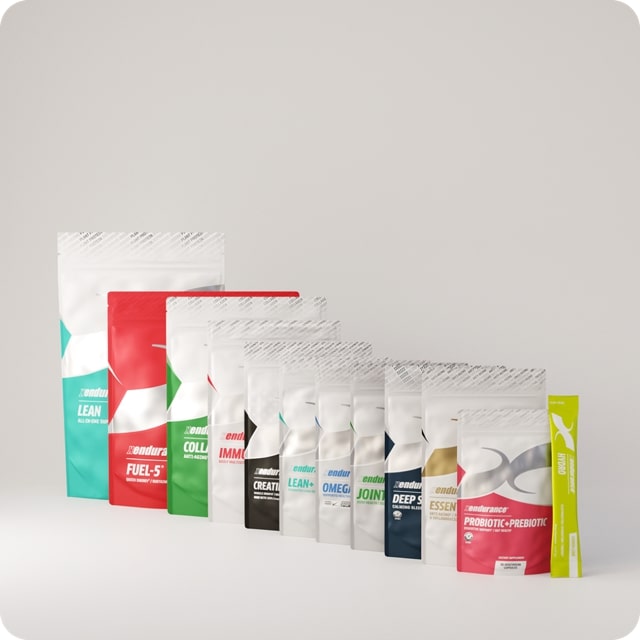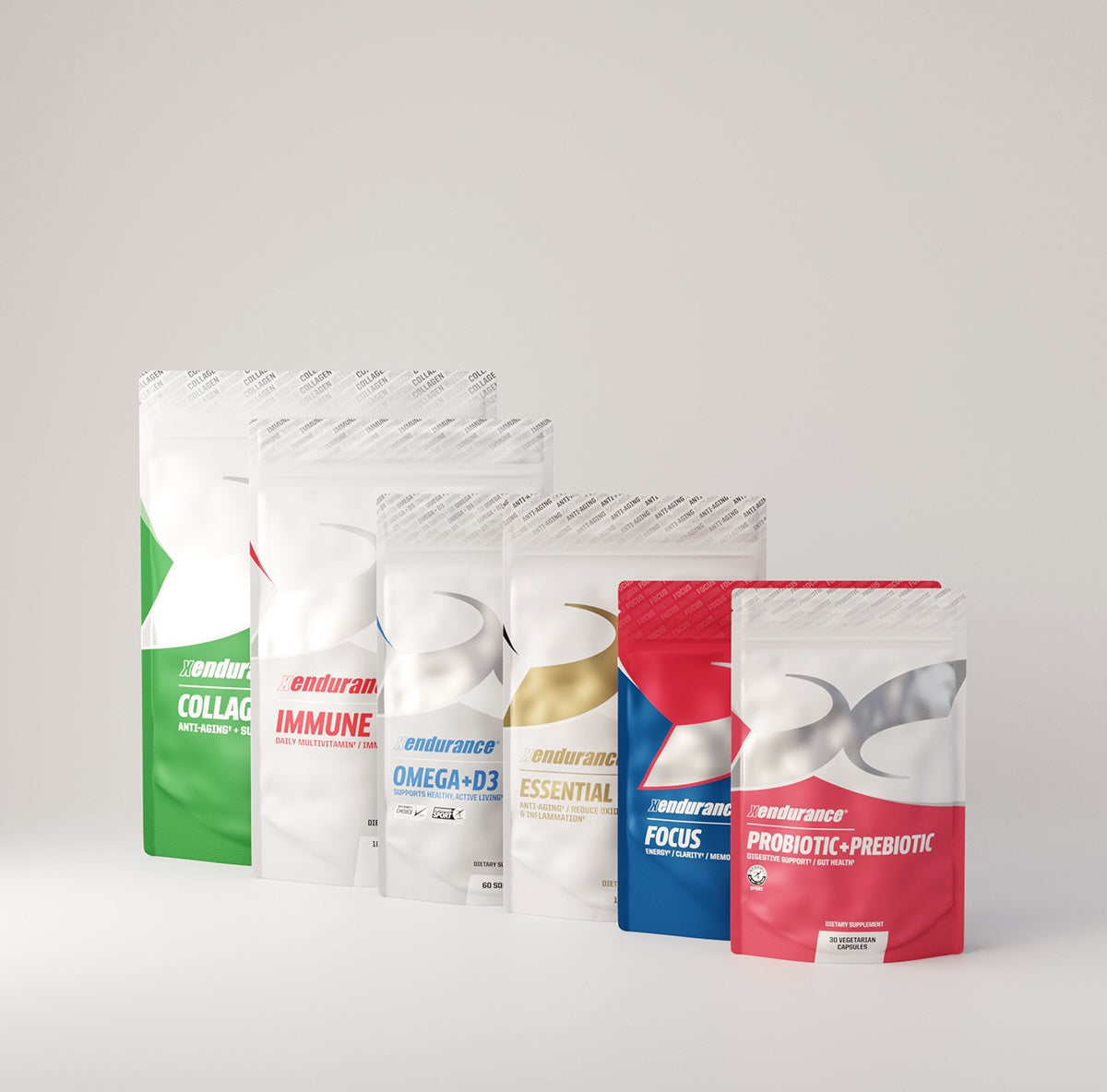Every October, the pink comes out. NFL players wear pink cleats and gloves. Familiar pink ribbons adorn your neighbors’ cars. And as quickly as it came, this rose-tinted lens in mid-Autumn disappears, hibernating until it reappears next year. The tired jokes, “who isn’t aware of Breast Cancer?”, fade along with it. We don’t suppose any adult is unaware of Breast Cancer as an affliction. However, things people do tend to be unaware of include:
-
The details of their Health Insurance Coverage
-
The second leading cause of death in the U.S., Cancer, of which, Breast Cancer is the second most common in Women
-
What age screenings should begin
-
Who’s at risk for Breast Cancer and what can be done to prevent it
So let’s start with the very basics, without pretending to give you a medical lecture.
Who’s at Risk for Breast Cancer?
Put simply: everyone. Even men. It’s not as dire and final as that statement, but one of the very reasons Breast Cancer makes such an invasive presence in pop culture is is due to how very common it is.
Around 12% of women in the United States will develop invasive breast cancer at some point in their lifetime. There is likely someone in your immediate or extended family who has had a brush with breast cancer. Every year, around 250,000 new cases of breast cancer are diagnosed in the U.S. The majority of these cases will be found in women over the age of 50, with fairly equal distribution across ethnicities.
Like all forms of cancer, breast cancer develops when cells begin to multiply at an uncontrollable rate and develop into tumors. There are different types of breast cancer that can develop depending on where and what tissue begins to grow out of control. Identifying the risk factors for these forms of cancer is somewhat problematic.
Thanks to genome mapping, we understand that the genes BRCA1 and BRCA2 play a role in whether an individual can develop cancer. Their specific roles are to prevent tumor development by repairing DNA, so they’re great when functioning normally. Unfortunately, when these genes mutate, which happens in 5-10% of cases, the likelihood of a breast or ovarian cancer diagnosis increases significantly. Around 70% of women who inherit one of these gene mutations will develop a form of breast cancer.
Specific gene mutations aside, another strong risk indicator is family history. Diagnosis of breast cancer in an immediate family member increases likelihood by 50%, which is why being forthcoming to physicians with family history is important.
What might be the most alarming is that 85% of new Breast Cancer cases are found in individuals without any of these high-risk factors, signaling the importance of standardized screening across the greater population. Generally, the two strongest correlations with breast cancer diagnosis are advancing age and being female.
Survival Rates
The good news is that in the past few decades, new cases are trending down and survivability of those who are afflicted is trending up. The current 5 Year Survival Rate for women across all forms of breast cancer is 90%. This drops to about 83% when considering the 10 Year Survival Rate, but this may be due to the impact of average mortality, considering that advanced age is a significant factor in prevalence.
When the cancer is identified locally to the breast only, or before it metastasizes to another part of the body, the 5 Year Survival Rate swells to a hopeful 99%.
Screening
Preventative screening can be the difference between a successful treatment or an advanced stage diagnosis. That hopeful 99% figure only occurs in 62% of diagnoses, which means over a third of cases likely didn’t receive regular preventative screening.
The Affordable Care Act instituted new requirements on health insurance policies, in order to provide affordable screening for women. The Women’s Health Preventive Services Guidelines require at least one annual, no-cost visit for Women’s Wellness, that include a variety of services, from mammograms to contraception and prenatal care.
The American Cancer Society advises that yearly mammograms should occur beginning at age 45, with the recommendation that they begin on a case by case basis at 40. And the legal requirements instituted by the Affordable Care Act release insurance companies from providing free mammograms to women under the age of 40, creating a cost barrier. Only those with high risk factors such as family history of breast cancer or BRCA gene mutations will continue to be eligible for coverage for x-ray and MRI exams under the age of 40.
If there is a history of breast cancer in your family or detected mutated BRCA genes, you should speak to your doctor about special screening considerations by 30 years of age. Insurance companies are legally required to provide coverage under those circumstances, though you may be required to file appeal paperwork documenting your relevant family history and pay your normal co-pay.
For those without health insurance coverage of any kind, the Center for Disease Control provides low cost screening options to women with financial hardship and meet certain risk factors. You can learn more about the CDC National Breast and Cervical Cancer Early Detection Program here and find out locations in your state where these services are offered.
Around 11% of Breast Cancer cases are found in women under the age of 45, before annual mammograms would be normal practice and covered by insurance policies. For this reason, it is important to make sure you receive a Clinical Breast Exam from your physician as part of your yearly physical. While these exams aren’t precise as mammograms or MRIs, they can reveal troubling tumor development and secure coverage for further screening procedures. Your physician can also educate you on performing self-exams at home, an important consideration if you don’t make it to your annual physical.
Preventative Care
In addition to regular exams and screenings, there are a variety of options for those at risk of developing Breast Cancer you can discuss with your doctor. Options such as mastectomy or avoiding hormone replacement therapy do appear to reduce the incidence of breast cancer. But the factors surrounding these options are too complicated and individual to discuss without medical counseling.
This may not come as a surprise, but the best preventative care you can personally undertake is a healthy diet and regular exercise. Obesity is linked to higher incidences of cancer and all-cause mortality. Bodies that maintain a level of physical fitness along with balanced nutritional guidelines tend to be less susceptible to the uncontrollable cellular growth seen in cancer development. Healthy bodies are also more resilient to the stressors that arise from cancer treatment. The best advice is to take care of your body, because it’s the only one you’ve got!
Resources
You can find out more out more on Breast Cancer varieties, prevention, screening, and treatment at CDC.gov or get supplemental information on making sure your health insurance coverage is sufficient from the Women’s Cancer non-profit, F.O.R.C.E.
As always, you can find more information on leading a healthy lifestyle on from our blog features on Xendurance blog.









Leave a comment
This site is protected by hCaptcha and the hCaptcha Privacy Policy and Terms of Service apply.